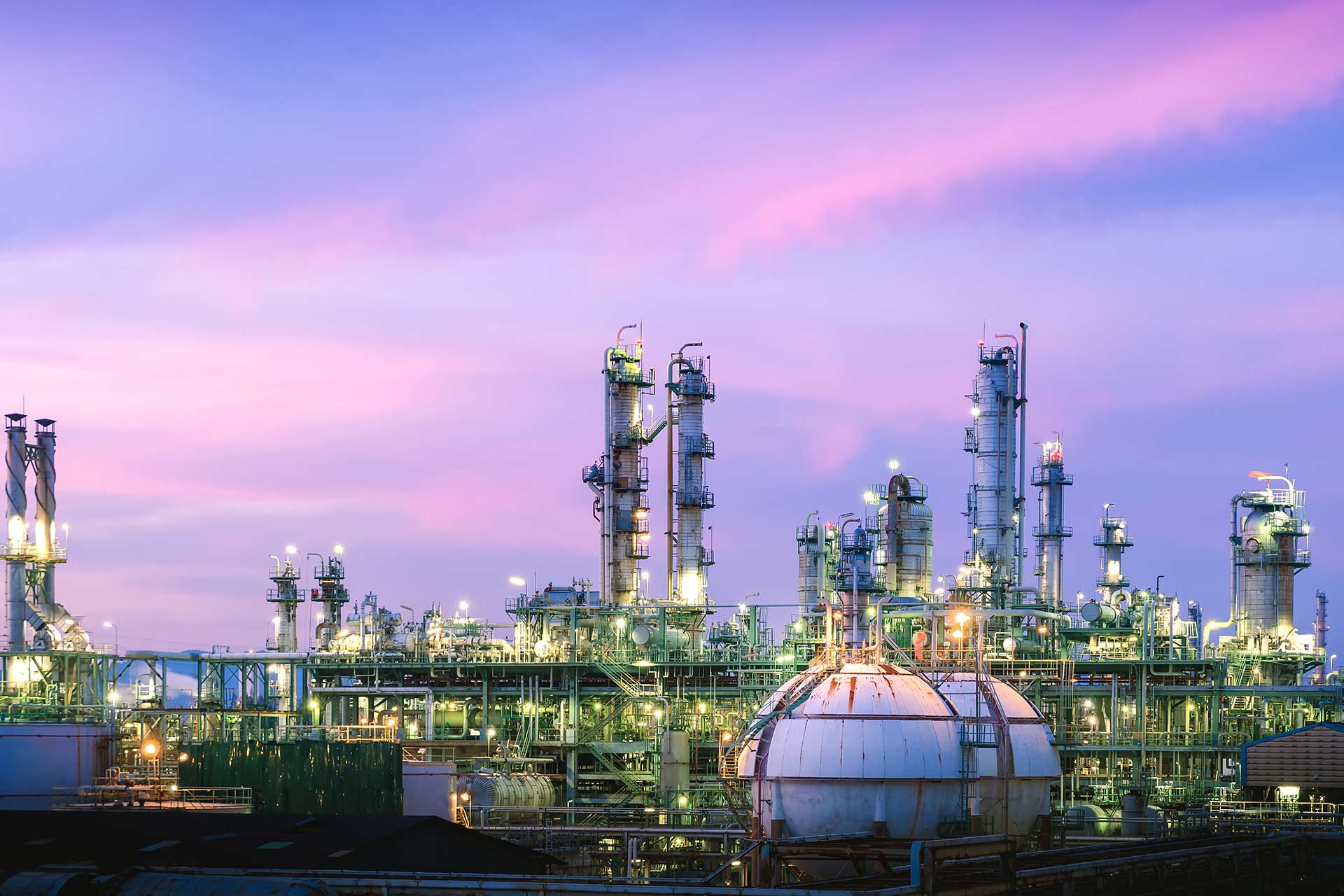What Makes Special Hazards Different?
Ordinary combustibles like wood, paper and fabrics require a certain amount of heat, oxygen and fuel to ignite and burn. However, augmented energy (electrical), flammable liquids, combustible dusts, gases and other hazardous materials have a much lower ignition temperature and can burn extremely rapidly with explosive force. Even small amounts can cause devastating facility fires. Electrical arcing, static discharge, hot work activities and other common ignition sources can easily trigger a fire or explosion if special hazards are present. Additionally, spills can lead to the accumulation of explosive vapors or dust clouds. Special hazard materials are classified by properties like flash point, explosive limits and electrical conductivity. Proper identification and classification of special hazards is the first step in mitigating the risks.
Key Elements of Special Hazard Fire Protection
Specialized engineered detection, controls, and suppression, design strategies are imperative for special hazard fire protection. A comprehensive hazard analysis and risk assessment of the processes, materials, quantities, dispensing, and storage methods will determine the appropriate safeguards needed. A tailored fire suppression system uses appropriate agents and delivery methods for the specific Class A, B, C, and D, hazards. For flammable liquids, foam, dry chemical, water mist, carbon dioxide, and clean agent gas systems are common choices. Explosion prevention and containment strategies are also critical – this may involve venting, special suppression systems and blast-relieving construction. Strict and State Mandated inspection and maintenance protocols ensure system operation and readiness. Other essential elements include ventilation to prevent vapor accumulation, explosion-proof electrical installation techniques, grounding, and bonding for static control, remote, and interconnected emergency power shut-offs. Secondary containment of hazardous material leaks and spills is mandatory. Trained and experienced fire protection personnel should handle and apply special hazard fire protection principles when modifying processes, procedures and facilities. Partnering with qualified specialists ensures you meet codes and standards.
Choosing the Right Special Hazards Fire Protection
The most effective special hazard fire protection methods integrate multiple safeguards customized to your specific risks. Local Sate and NFPA codes and standards dictate minimum requirements and best practices. Hazard analysis and risk assessment pinpoint vulnerabilities and guide priorities – this may point to the need for leak, vapor, or hazardous gas detection, emergency containment/isolation of hazards or additional employee training. The local fire authority can provide guidance on necessary permits, plan reviews and system testing. Partnering with a qualified special hazard fire protection contractor experienced in special hazard risks ensures proper design, installation and maintenance. Cost is always a consideration – weigh the expense of systems and construction against the value of assets requiring protection as well as potential business interruption. Investing in the right special hazard fire protection reduces the chances of a catastrophic incident and promotes the safety of your people, facilities and the community. Protecting your unique and special hazards protects your employees and business.
Special hazards introduce ignition and combustion risks not adequately addressed by standard fire protection systems. Flammable and combustible materials require specialized engineering detection, controls, containment and suppression system technologies tailored to the unique hazard. A comprehensive hazard assessment and understanding of applicable codes and standards determines the appropriate combination of fire and explosion safeguards needed. Partnering with qualified specialists ensures proper design and implementation of emergency systems and protocols. When special hazards exist, increased investment in special hazard fire protection reduces the effects of fires, explosions, business interruption, personal injury, and property loss. Protecting your most valuable assets protects your personnel and business.
Special hazard fire protection is a crucial component of any fire safety plan, especially for facilities that contain flammable liquids, gases, or other combustible materials. While standard sprinkler systems are designed to control fires in a normal combustible facility, they are not enough for the unique risks posed by special hazards. Proper special hazard protection safeguards your most valuable assets – your people, facilities, and operations. In this blog post, we’ll explore what makes special hazards different, the key elements of special hazard fire protection, and how to choose the right systems for your needs. Protecting special hazards requires specialized knowledge, equipment and design.
Some common products used in special hazards fire protection include:
- Clean agent fire suppression systems such as FM-200, NOVEC 1230 (FK-5-1-12), inert gas agents – These “People Safe” agents rapidly extinguish fires without damaging equipment or leaving residue. They are used to protect hazards like flammable liquids, computer rooms, turbines, telecom facilities etc.
- Dry chemical suppression systems – Dry chemical agents interrupt the chemical reaction of fires. They are suitable for flammable liquids and gases, aircraft hangars, solvents, etc. Common agents are sodium bicarbonate, potassium bicarbonate, urea-based potassium bicarbonate blends.
- Pre-engineered gaseous suppression systems – Systems using gases like CO2, inert gases or chemical agents to flood protected spaces and displace oxygen. Used for enclosed special hazards. Pre-Engineered systems are limited to established hazard sizes with specific suppression and installation limitations.
- Engineered systems allow for the designer flexibility to design the system to the specific hazard with very little restrictions.
- Foam suppression systems – Foam blankets smother hydrocarbon and polar -solvent fuel vapors and liquids. Used extensively on flammable/combustible liquids on hydrocarbon fuels such as oil and fuels, and polar-solvent flammable liquids such as alcohol based, solvents and paints, etc.
- Explosion prevention systems – Explosion vents, containment systems, special extinguishing systems blast resistant modules and other devices divert or limit explosions.
- Fire resistant cabinets and containers – Store flammable/combustible liquids in fire rated cabinets/containers. Protect chemical storage and processing equipment.
- Emergency isolation/shutdown equipment – Remotely isolate and shut down flow of gases, power and processes in a fire scenario. Prevents fueling of fire.
- Fire mitigation construction – Fire rated walls, ceilings, doors around special hazards. Stops fire spread.
The specific systems and products are chosen based on the unique hazards and risks present. Hazard classification, codes, and a risk analysis determine the appropriate special hazard fire protection.
Hiller Maintains Extensive Special Hazard Experience
Our experience speaks for itself…
